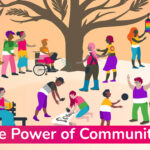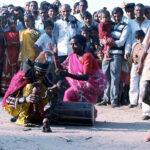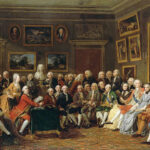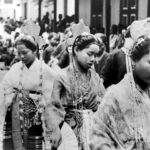c. 1500 BCE to Present Day
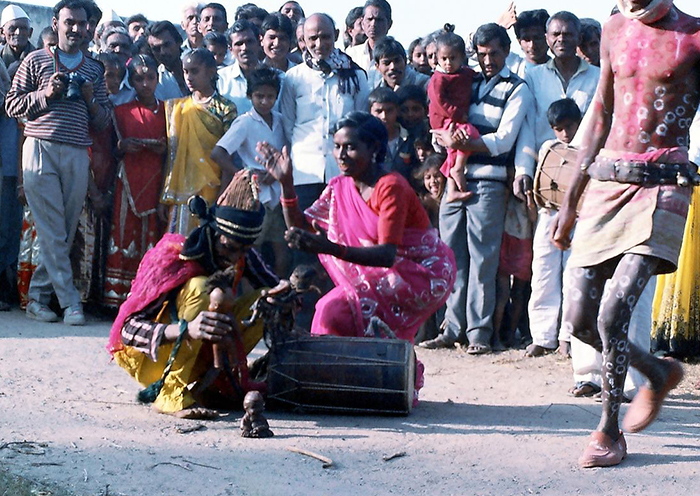
Hijra (Third Gender):
South Asian Cultures
Within the cultures of the Indian subcontinent, Hijra are legally recognised group of people, who are considered neither completely male or female. Hijra are considered a third gender in countries like India and Bangladesh, and the term itself has its origins in ancient Hinduism.
218 to 222 CE

Elagabalus:
Teenage Emperor of Rome
Elagabalus ruled as emperor of Rome from 218 to 222 CE. They are well known for openly challenging traditional gender roles in Rome, and outright demanding they be referred to as a woman, wife, and empress…
Read More
Early 1600s to Modern Day
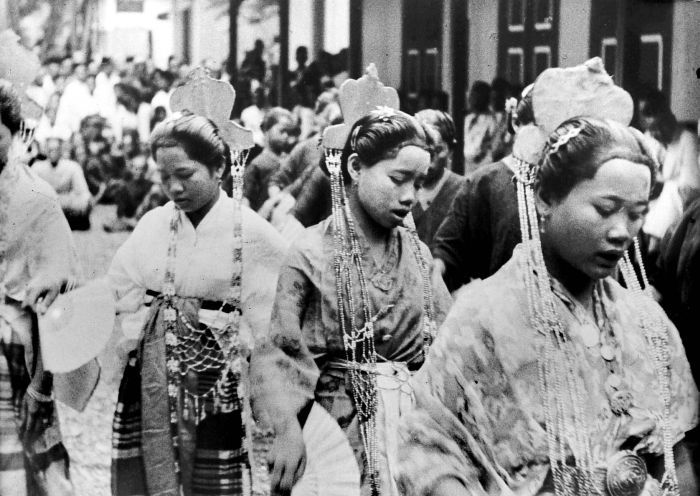
Bugis People
South Sulawesi, Indonesia
The Bugis people have a rather unique social gender structure that consists of five parts; in essence five social genders…
Read More
18th to 19th Centuries

The Enlightenment:
Western Gender Binary
The Enlightenment, responisble for inflicting binary gender on western society. While the period is known for large advancements in areas like science, philosphy, and political thought, some of its reasoning led to socioeconomic inequalities.
Read More
1990 to Modern Day
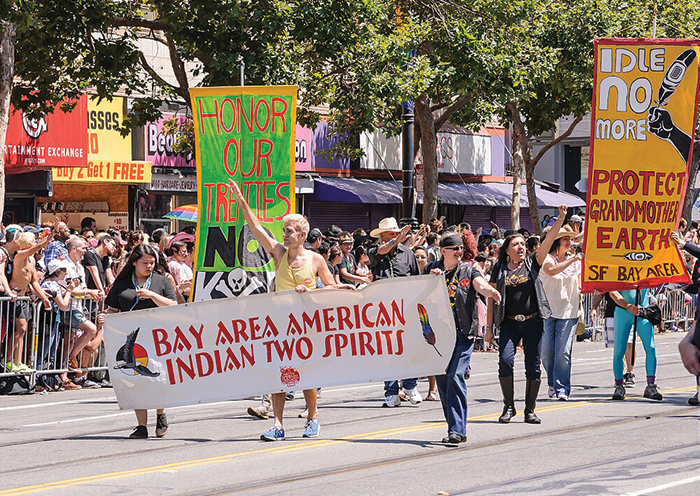
Two-Spirit people:
Indigenous North America
First coined as a term in the 1990s, Two-Spirit is an ongoing recognition of various gender identities in Indigenous cultures. Wikipedia notes that early adopters of the term saw it as a way to differentiate themselves from non-Native LGBTQ+ identities.
Read More



